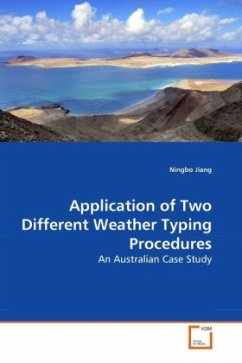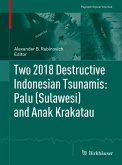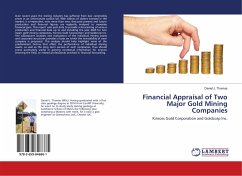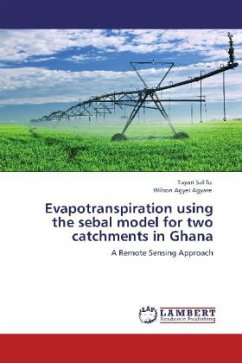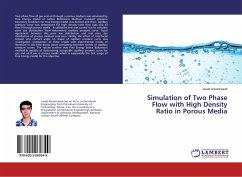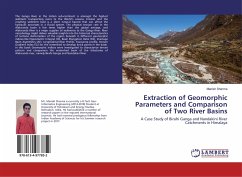There are many objective map classification methods described in the literature. It is generally accepted that none of the methods is superior to the others in all aspects, each method having its advantages and disadvantages. Hence, in a synoptic climatological analysis, documentation of the classification process involved is often important for physically meaningful interpretation of the results. This book documents application of two different objective procedures for classifying synoptic weather types over east Australia. The first procedure consists of obliquely rotated T-mode principal component analysis (PCA) followed by convergent K-means clustering. The second procedure involves a 2-phase training process based on the batch self-organising map (SOM) algorithm. Four different classifications are obtained using the two procedures for a 52-year daily geopotential height dataset. The properties of these classifications are comprehensively examined for consistency and discrepancy, considering the difference in procedures or implementation settings. It is hoped that the results from this case study can be exposed to and thus helpful for the wider climate research community.

